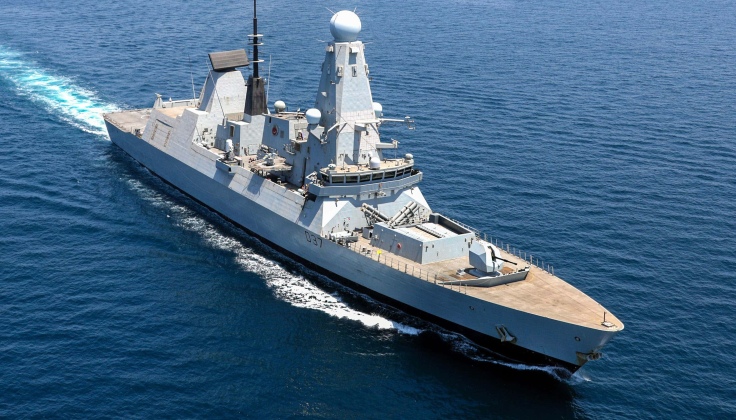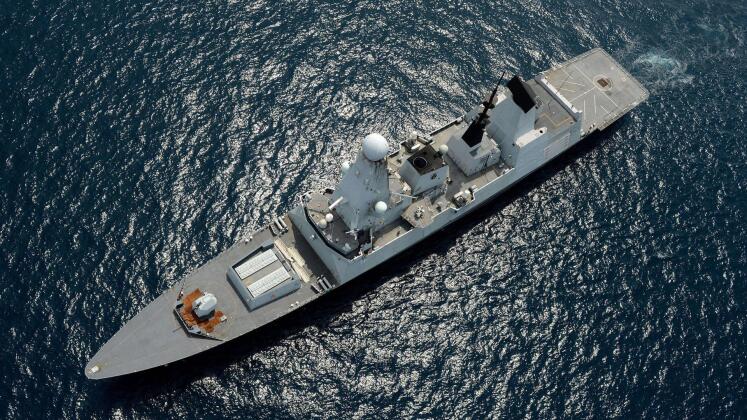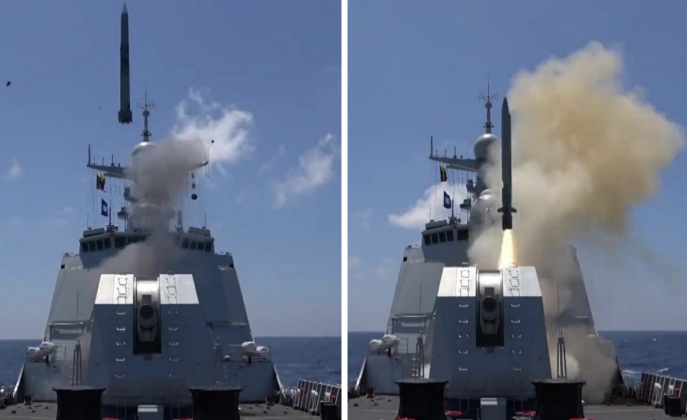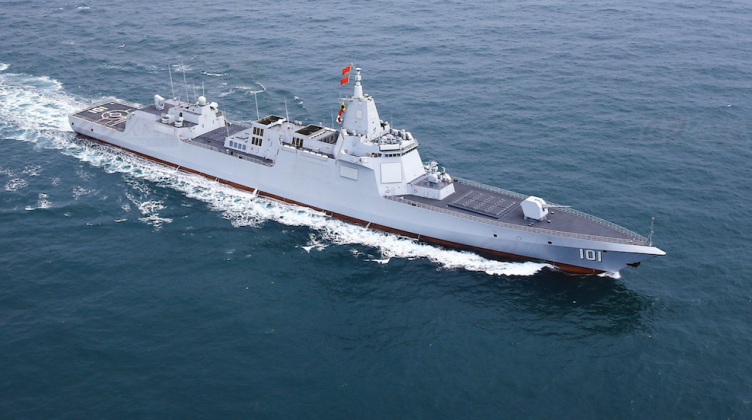News
World’s Most Problematic Destroyer Out of Service For Over 3000 Days: British Type 45 Class’ Woes Mount
The British Royal Navy’s Type 45 class destroyer program has faced the latest in a long series of controversies, after the first of six ships of the class, HMS Daring, passed 3000 days out of service and in repairs. The more than eight years the warship has been moored exceed the six years it took to build it, and more than the time it has spent in service, raising serious questions regarding its future. Issues with have been far from isolated to this one warship, with the Type 45 class having long faced low availability rates serious reliability issues. The fleet of six ships, cut from an originally planned twelve, has at times been reduced to just one in active service, as was the case from July 2021 after HMS Diamond suffered from technical problems while escorting a Royal Navy–led carrier strike group set to deploy to East Asia, which forced it to head back for repairs.

In February 2024 the Royal Navy withdrew HMS Diamond from operations near Yemen, citing “technical problems” suffered by the warship, which had been deployed to the region since December to contribute to U.S. led attacks on targets in Yemen under Operation Prosperity Guardian. The ships have at times seen their Rolls Royce diesel engines “degrade catastrophically,” in hot climates such as those found in the Straits of Hormuz or the waters of Southeast Asia, with significant uncertainties remaining regarding the extent to which this has beed addressed. Currently three of the six Type 45 class ships are under repairs, down from four in 2024. Issues including personnel shortages, which make it difficult to crew the destroyers, as well as a lack of support infrastructure such as docks needed for maintenance needs, have compounded issues stemming from the ships’ reliability, as has an insufficient stock of parts, which has often led to some ships in the fleet being cannibalised for spare parts.

Commenting on the state of the Type 45 fleet, and specifically the issues with fixing issues with and modernising the vessels, naval expert at the Royal United Services Institute Dr. Sidharth Kaushal observed: “It was built as an integrated, closed system, with a lack of modularity, so it was a complicated exercise to remove things from the hull and amend them.” “Daring was also the first Type 45 to be launched – it is therefore the oldest and most problem-ridden,” he added. Retired Royal Navy Rear Admiral Chris Parry claimed that significant cuts to spending on the destroyer fleet were also a primary driver of issues with the ships. “It is a complete disaster because it was all done on the cheap – to get the Type 45’s air defence system working properly, they scrimped and saved on everything else… It is a common problem with big defence procurement – you have to balance time, price and operational requirement, and the longer a project takes, the more the price inflates, and the more there is a temptation to cut costs,” he stated.

The Type 45’s shortcomings extend far beyond issues with its availability rates and reliability. Despite being significantly larger than U.S. Navy Arleigh Burke class ships, the British vessels are far more lightly armed with just 48 vertical launch cells – just half the number carried by their American counterparts and under half of the 112 cells carried by Chinese Type 055 class destroyers. Not only are the ships incapable of launching missile strikes on surface ships or land targets, with their vertical launch cells accommodating air defence missiles exclusively, but they are also incapable of performing ballistic missile defence as American, Japanese and South Korea ships can with SM-3 and SM-6 anti-ballistic missiles. These limitations have left the Type 45’s capabilities very far behind those of destroyers fielded by the United States or by Northeast Asian states, which is particularly significant as the Royal Navy seeks to establish a greater presence in the Pacific.

The implications of the Type 45 program’s shortcomings are significant, with former Royal Navy captain Gerry Northwood noting that in wartime the extreme shortage of operational ships would limit the Navy’s ability to defend the United Kingdom and project power simultaneously. “We would have a Hobson’s choice of whether to protect London or other cities up and down the coast, or whether to let the Type 45s protect a naval taskforce on our northern flank,” he stated, adding: “We’d have very difficult choices, with very few assets to distribute.” “The time it takes to build a ship these days is ridiculous… It is all about money, and if you don’t get the money, it is done in slow motion. Type 45 has been a victim of poor investment and a slightly over-adventurous approach to the engineering system, without having the money and the expertise to sort the problems out,” he added. With the Royal Navy considered highly unlikely to be able to procure its next generation Type 83 class destroyers before the 2040s, the Type 45 is expected to continue to be relied on heavily for close to two more decades.












